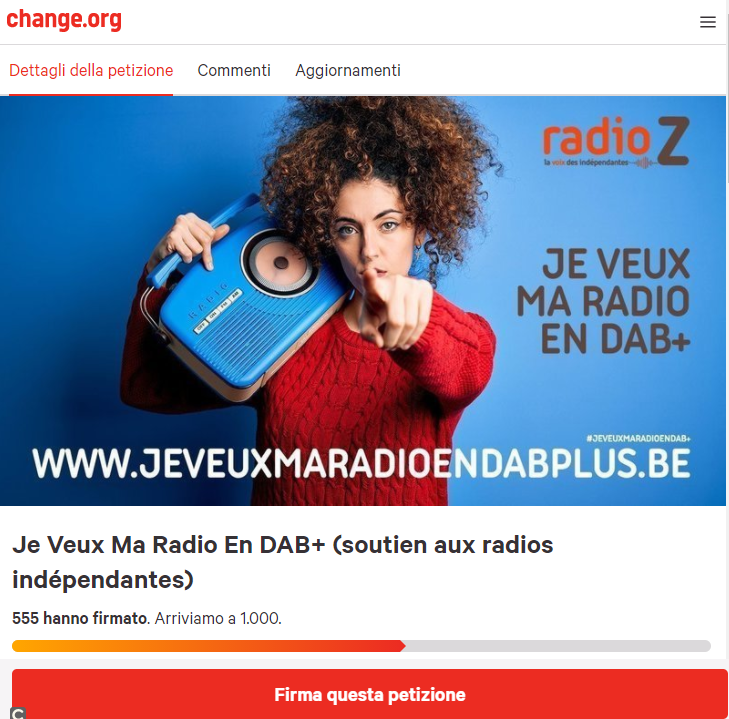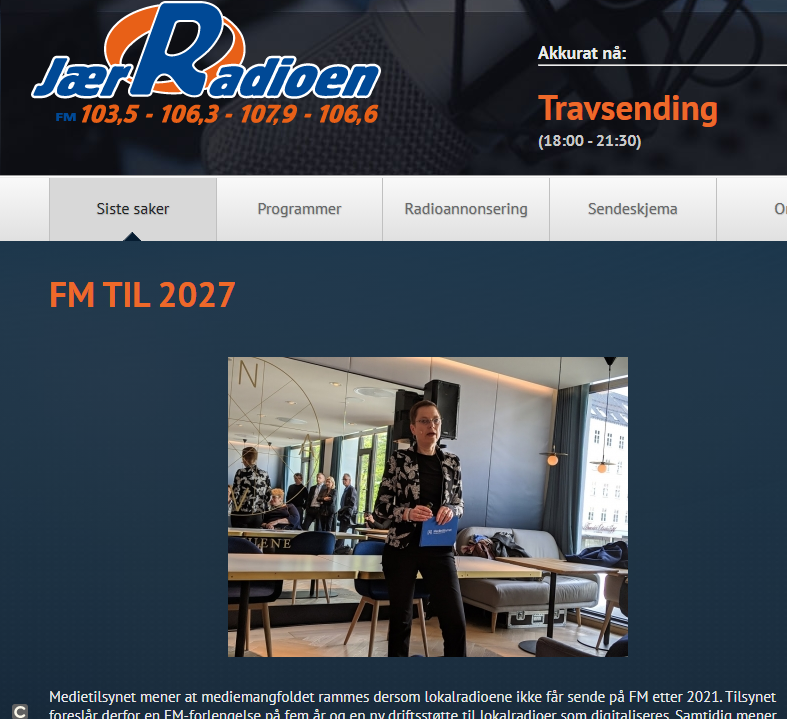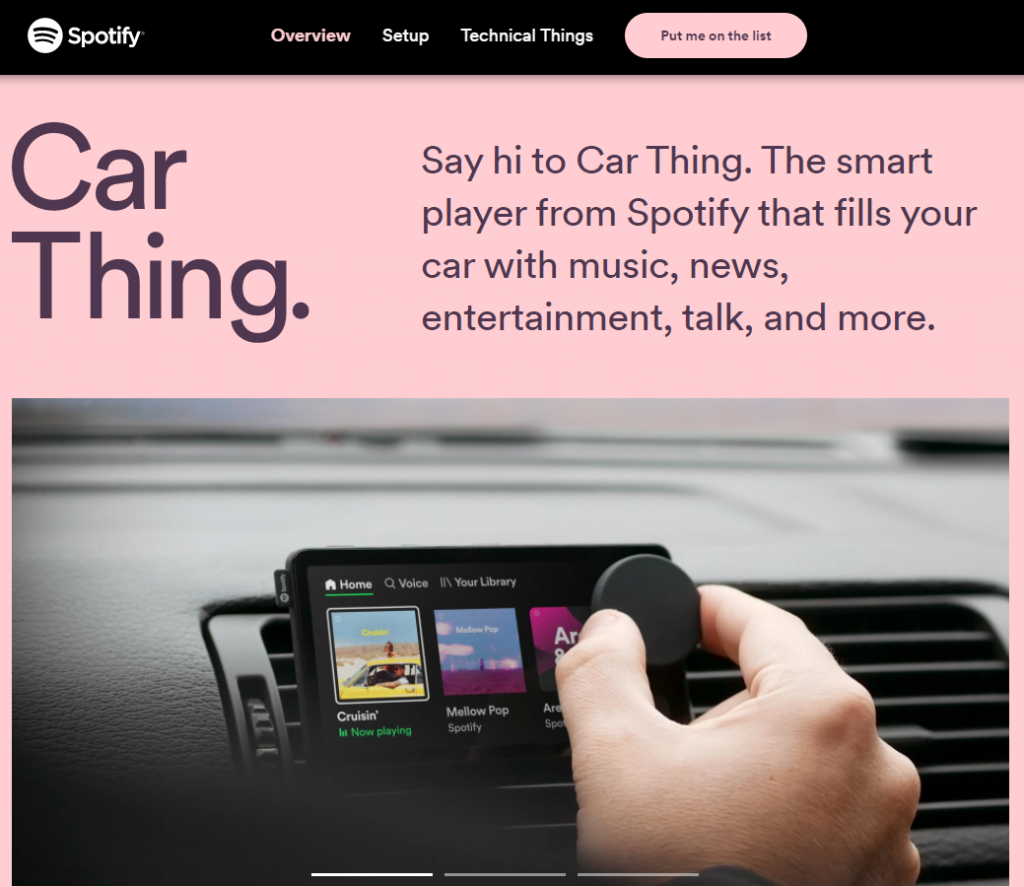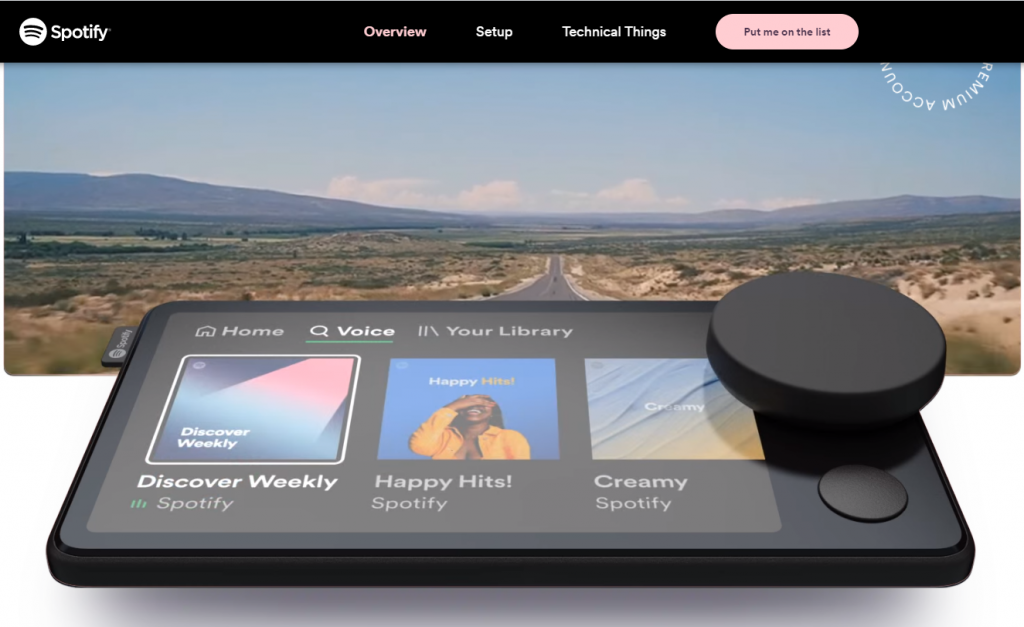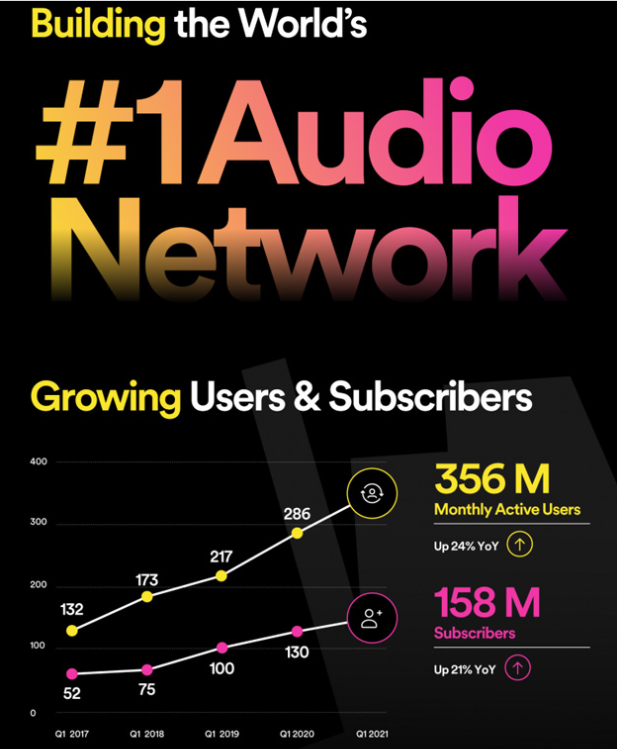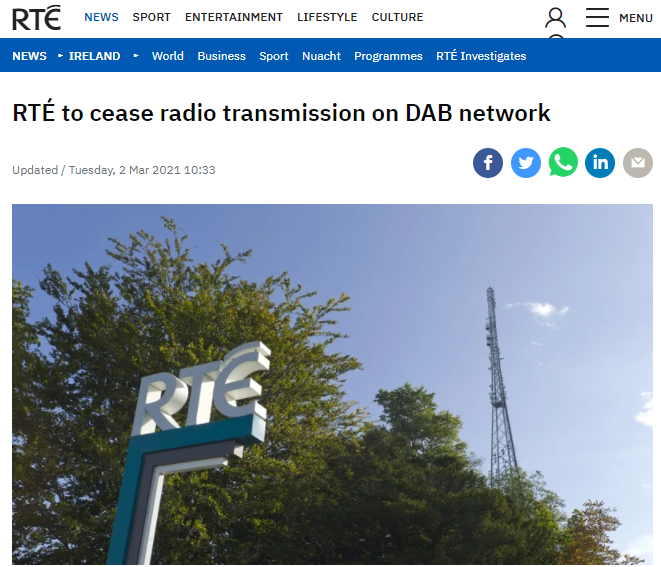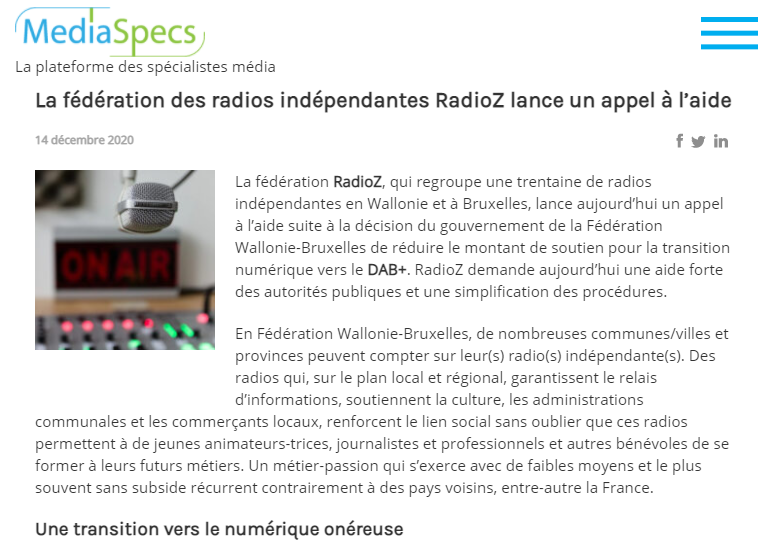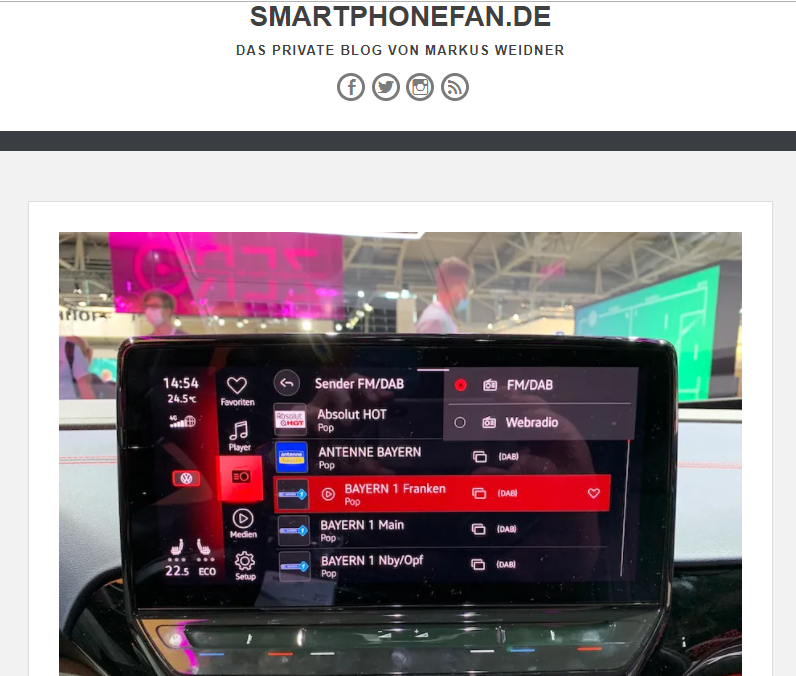
Source
Markus Weidner, an editor since 1999 of the telecommunications site teltarif.de, has published on his blog a report on the new car radios on display at the IAA Mobility in Munich, the fair that replaces the biennial Frankfurt Motor Show, overwhelmed (like the Geneva Motor Show) by the pandemic. According to Markus, after having integrated the car radio more and more into the car (making it difficult to replace with third-party products), car manufacturers are now limiting its functionality. In the most recent models, the receivers offer a list that integrates FM and DAB stations, updated in the background. The function is useful because it avoids searching and memorizing the station, which can be recalled (more and more often) with a voice command. Such an organized list is convenient for those who listen to the most powerful radio stations, but it limits the choice: if the signal is not strong enough or slightly interfered, or without RDS (in FM there are still some) it is completely ignored. Weidner suggests an expert mode that enables the old manual tuning in FM and DAB. Otherwise, this “rationalization”, prevents you from freely choosing the radio of your heart.
More details and photos of the new receivers can be found here and here.

